6. Contact (1997)
Of all the genres Zemeckis has approached in his career, Contact is the most hard sci-fi he’s ever depicted. Adapted from a Carl Sagan novel and starring Jodie Foster as the irrepressible Dr. Eleanor Arroway, a SETI scientist searching for extraterrestrial life, Contact is the big-budget sci-fi film that Zemeckis seemed to be waiting to direct.
The story: after a long, difficult career trying to find extra-terrestrial life, Dr. Arroway finally find a repeating signal from the Vega system 26 light-years away. After this discovery is made known to the public, attempts to beam a communique to this alien race is developed; but Arroway finds out that their message includes schematics to build a vehicle that can transport a person to them to establish first-hand contact.
After being heavily criticized for her atheism in the press, Arroway is declined the mission; but after a launch disaster an eccentric billionaire contacts her to let Arroway know that a second vehicle was built. She is outfitted with recording equipment and begins the journey, and her eventual contact with this alien race raises more questions of faith than answering scientific speculations.
A box office success upon its release in 1997, Contact further supports the oft-repeated assertion that Zemeckis is a technical marvel behind the camera: a larger-than-life story is condensed and brought down to a human scale, while he also never loses sight of the larger philosophical picture at play in the story.
Astonishingly well-directed with some camera tricks that cinematographers are still trying to figure out (the sequence where the young Arroway dashes up to a mirror with a stedicam tracking her shot, only for it to reveal that the entire frame has been dedicated to her reflection in the mirror is an impressive bit of visual trickery).
Foster, meanwhile, gives one of her best performances in the film, showing how Zemeckis is able to retain an actor’s focus in a larger, more intellectually complex film than he normally helms. Soulful and searching, Contact shows Zemeckis being able to elicit a controlled performance from his actor while continuing his always impressive grasp of visual dynamics.
5. Who Framed Roger Rabbit (1988)
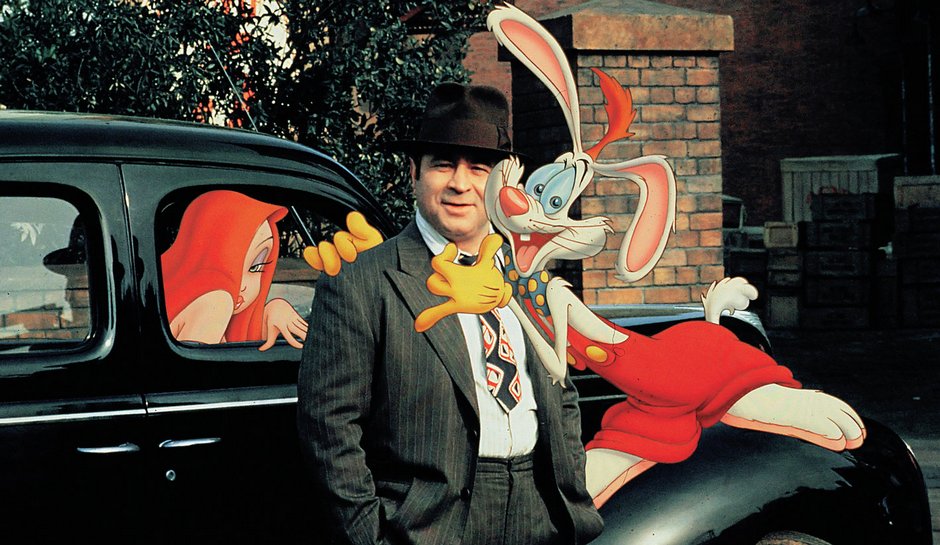
One of the greatest successes in Zemeckis’s career was integrating hand-drawn cartoons into real-world scenes and holding that illusion for the entirety of a feature film. Who Framed Roger Rabbit was a landmark film that single-handedly resurrected interest in the Golden Age of Animation and has since become a modern classic.
The film itself is a remarkable vision of imagination come to life: in a world where cartoons and human beings live side-by-side, hard-drinking detective Eddie Valiant (Bob Hoskins) hates toons because his brother was killed by one. But he’s hired by the head of a toon studio to find out if his star Roger Rabbit’s wife is two-timing him, which is affecting Rabbit’s performance.
Soon enough, Roger is framed for murder and–after literally handcuffing himself to Valiant–the detective begins to put together a conspiracy that would wipe out the toons’ home, known as Toontown.
A film with too much creativity by half, Zemeckis depicts an alternate 1940s Los Angeles as a landscape where the cartoon stars of Warner Brothers and Disney cartoons are actors and this world is just a step away from the magical logic that classic cartoons operate on. A critical and commercial hit, it’s a fertile idea that unfortunately hasn’t been replicated or expanded upon since.
4. Cast Away (2000)
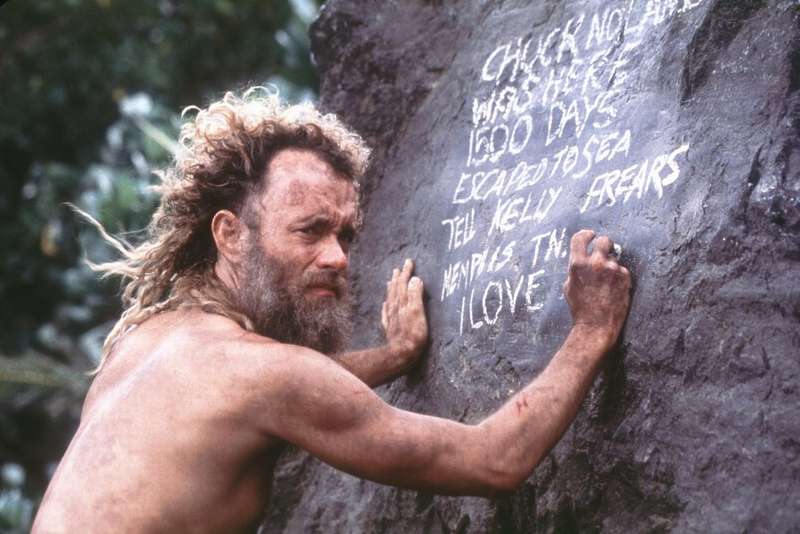
FedEx executive Chuck Noland (Tom Hanks) finds himself trapped on a deserted island in the Pacific. With no escape and no rescue in sight, he adapts to surviving, learning how to hunt and shelter himself while also living for years in isolation. Besides a volleyball that he paints a face on and calls Wilson for company, Chuck gets close to suicide until a plastic portable toilet washes up on-shore. Finally seeing a possible vessel that can carry him off the island, Chuck gathers up materials and makes his escape.
Zemeckis used his considerable technical abilities to create a film that replicates the physical and aural isolation living on a deserted island would entail. With no score besides the natural sounds of the wind, crashing waves, and Chuck’s own voice, Zemeckis creates a memorable film about isolation and its effects on the human psyche.
Tom Hanks gives one of his most gruelling performances, physically transforming himself to look like a man who had been stranded with nothing but fruit and fish to eat for years and with no access to medicine (or, in one harrowing scene, modern dentistry). With Zemeckis returning to reality, Cast Away was a giant critical and commercial success, with Wilson the Volleyball becoming a surprise memetic sensation.
3. Back to the Future Part II (1989)
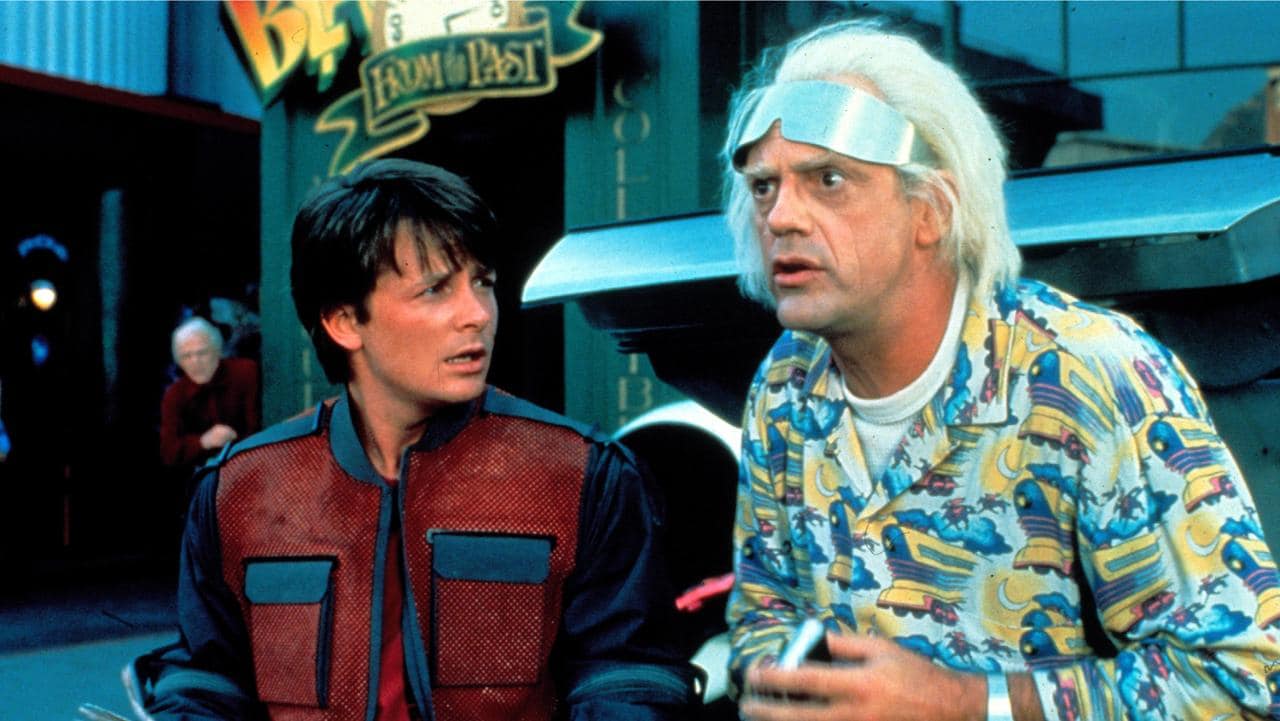
With Back to the Future, Zemeckis made audiences believe time travel was possible via a DeLorean going 88 miles per hour; in Back to the Future Part II, he created a vision of the future that created an indelible impression on Western culture’s popular imagination, even to the point that people are still waiting for their hoverboards (and not those lame ones with the wheels that catch fire).
Expanding the universe that Back to the Future inhabits by creating a future and an alternate present for it to explore, Zemeckis brought the full force of his visual imagination to create Hill Valley 2015, complete with hover cars, hoverboards, video screen walls, and holographic advertisements.
Besides that, the film upped the ante of the first film, with Doc and Marty having to traverse the future, an alternate present, and the past (again, simultaneously existing concurrent to the events of the first movie) to save the present/future once again.
Following up one of the most popular movies of the latter half of the 20th century necessitated raising the stakes, and Zemeckis did this brilliantly by creating three time periods for our heroes to traverse through, complete with ending the film on a cliffhanger that promised to conclude the trilogy in the next film; if only the last film wasn’t such a letdown.
2. Forrest Gump (1994)
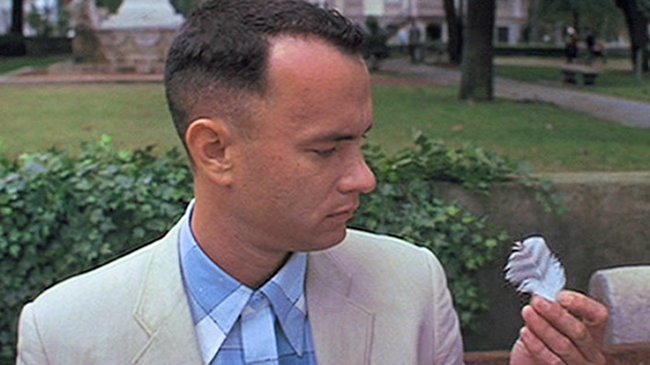
The story of a slow-witted man named Forrest Gump (Tom Hanks) who experiences several decades of American history first-hand became one of Zemeckis’s biggest hits and is now considered a modern classic.
A technically brilliant film whose story and character was embraced by the American public, Forrest Gump is a populist fairy tale of the good and bad in American history, with Gump as a blank slate experiencing the latter half of the 20th century who somehow finds good fortune and fame despite his limitations.
The cinematography is impeccable and Hanks as the titular character is iconic, but the Zemeckis touch found in this is the then-groundbreaking technique of inserting Gump into historic moments that were captured on film: from meeting Richard Nixon to appearing on a talk show with John Lennon to appearing at a massive peace rally in Washington, Gump inexplicably becomes a visual part of history itself. This was achieved using (then) state-of-the-art computer graphics and it astonished audiences when they first saw the results.
Although the film itself has faced criticism for being a conservative retelling of post-WWII American history, with the character of Jenny (Robin Wright) being emblematic of the wayward direction people involved in the counterculture would end up while Forrest stood for “traditional” American values, its scope and personification of history is an impressive feat.
Winning 6 Oscars at that year’s Academy Awards, including for Best Actor, Best Picture, and Best Director, Forrest Gump remains a popular film and has been recognized for historical preservation by the Library of Congress’s National Film Registry.
1. Back to the Future (1985)
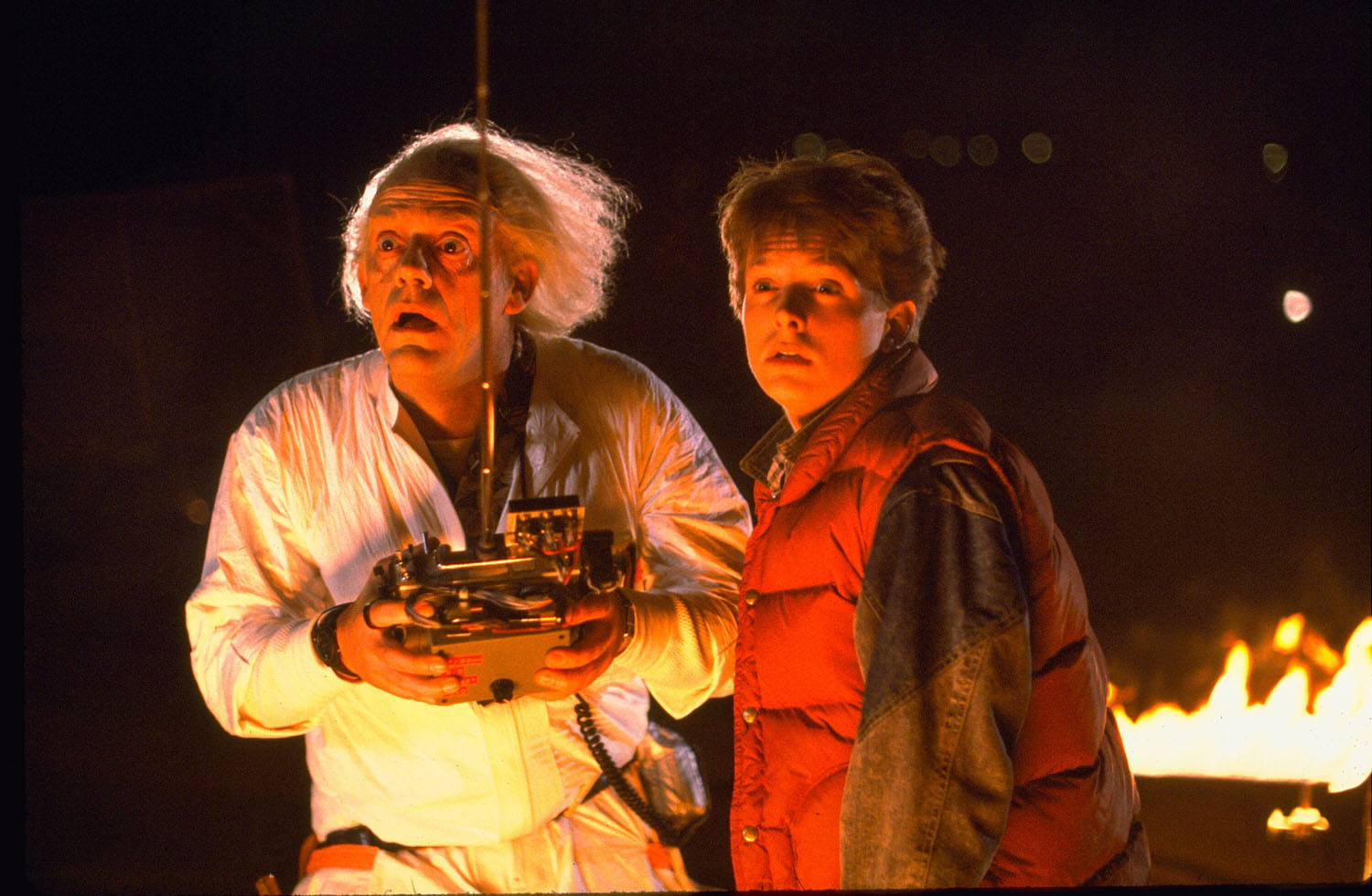
There are few people in Western civilization who are not familiar with Back to the Future: a gigantic hit when first released in the mid-80s, it has proved to be a remarkably enduring franchise despite only three films, a (terrible) Saturday morning cartoon, and a theme park ride as its only actual media outputs.
Bringing the genre of “time travel sci-fi” back to popularity, creating two memorable characters in fiction, and inspiring generations of writers and filmmakers since its release, Back to the Future is possibly the most influential film Zemeckis has ever directed.
Everyone knows the plot: Marty McFly, cool 80s teenager, gets zapped back in time in his wacky scientist friend Doc Brown’s time machine–which is also a DeLorean–and finds himself in his hometown of Hill Valley in 1955. Things go awry when he inadvertently affects the timeline by messing up his parents’ fateful meeting–and worse, his teenage mother falls for him. It’s up to Marty to get his parents back together before he ceases to exist and–with 1955 Doc Brown’s help–get back to the future.
There are few comedy-adventure films as well-loved as this film. The clever conceit of a 1980s teenager being flung back to the 1950s and then meeting his parents was novel and ultimately the basis for great comedy, while the design of the time-travelling DeLorean has made the car a much-coveted collector’s item.
While surprisingly light on special effects, Zemeckis made effective spare use of such with the image of the DeLorean surrounded by electric bolts as it ramps up to travel through time, leaving only two parallel trail of fire in its wake after it disappears.
It seems every element was in its right place in this film: the upbeat pop soundtrack by Huey Lewis & The News keeps the tone light and energetic while Michael J. Fox and Christopher Lloyd are perfectly cast as the teenage Marty and mad scientist Doc. Crispin Glover is great as Marty’s dorky father, as is Lea Thompson as Marty’s surprisingly sexually bold mother.
Suspenseful without ever becoming too dark, and comedic without losing sight of its purpose, Zemeckis delivered a crisp, smart adventure that works on every level in Back to the Future–and perhaps his greatest success as a director, as well.
Author’s Bio: Mike Gray is a writer and academic from the Jersey Shore. His work has been featured on Cracked and Funny or Die, and he maintains a film and TV blog at mikegraymikegray.wordpress.com.
